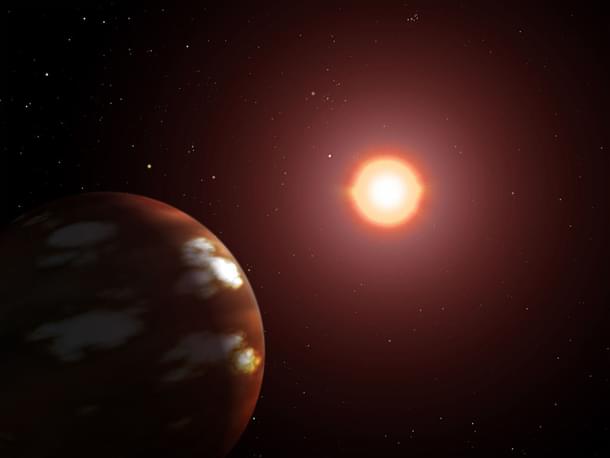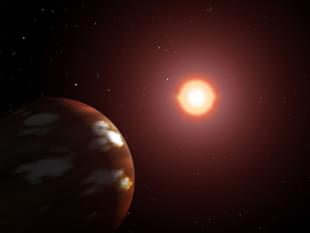Insta
Deep Space Radio Waves Can Help Solve Mysteries Of Universe
Swarajya Staff
Nov 19, 2016, 11:53 AM | Updated 11:53 AM IST
Save & read from anywhere!
Bookmark stories for easy access on any device or the Swarajya app.


A bright radio burst detected by Australia's Parkes telescope could help experts determine what lies between galaxies in the universe.
Commonwealth Scientific and Industrial Research Organisation’s astrophysicist Ryan Shannon said the flash likely came from a distant galaxy known as VHS7 - which is “at least a billion light-years away” from Earth. “During the millisecond that we saw the burst, it would have been in the top 10 brightest sources in the entire sky,” Shannon said.

“This flash lasted just a third of a millisecond, making it one of the briefest we’ve seen.” Their camera managed to capture the radio waves in two of its pixels, allowing the scientists to effectively triangulate the source of the flash.
Shannon said the data also suggests that the cosmic web has weaker magnetic fields than our Milky Way, while there is also less turbulent gas within the far-flung galaxy.
It is the first time that scientists have been able to support this hypothesis with evidence; previously researchers could only predict what occurs in deep space.
Shannon said the findings could also help scientists in weighing the universe. “This will help explain models of how galaxies grow and evolve, and also how the universe became magnetised,” he said.





